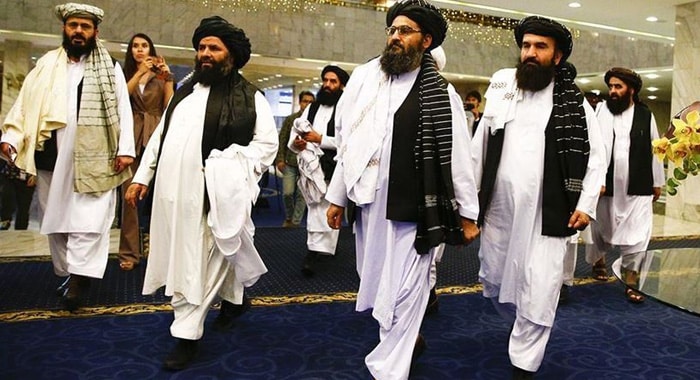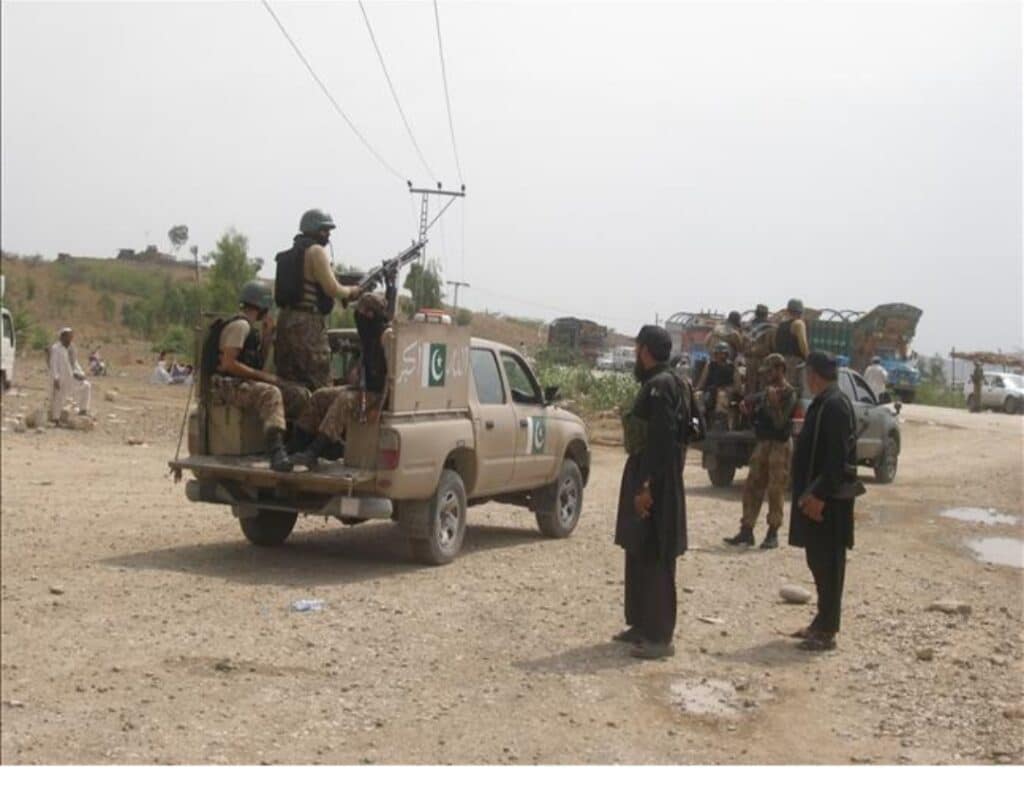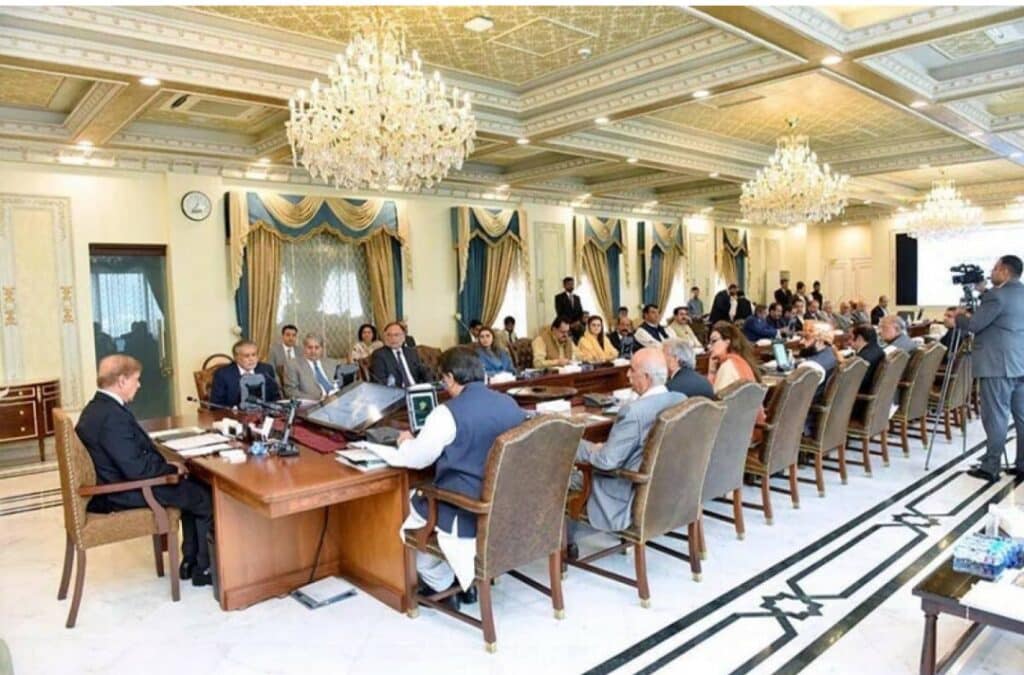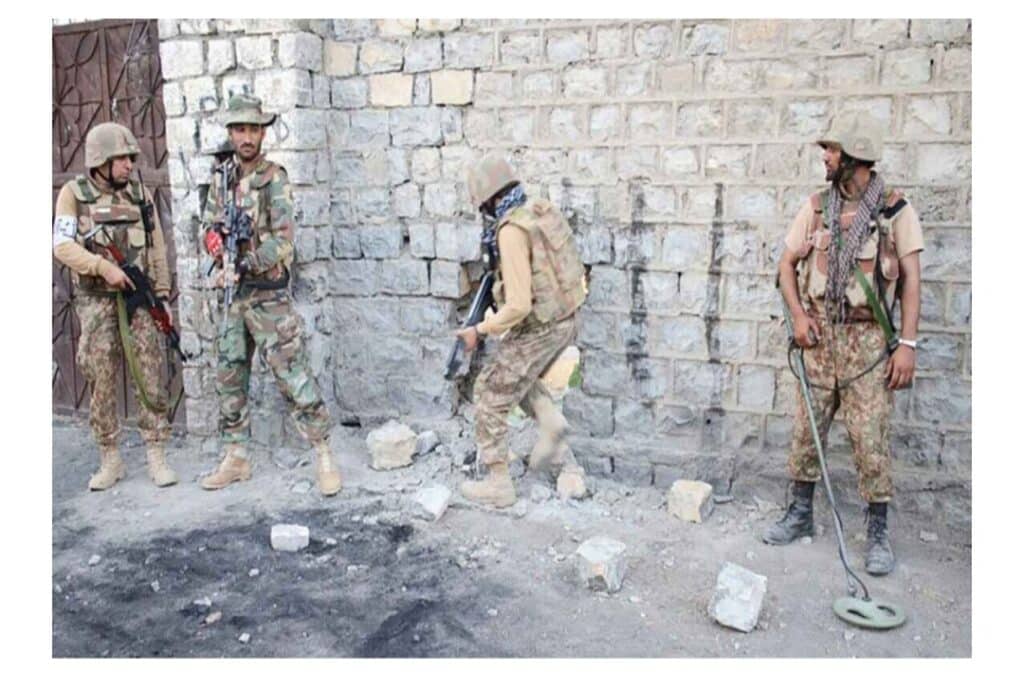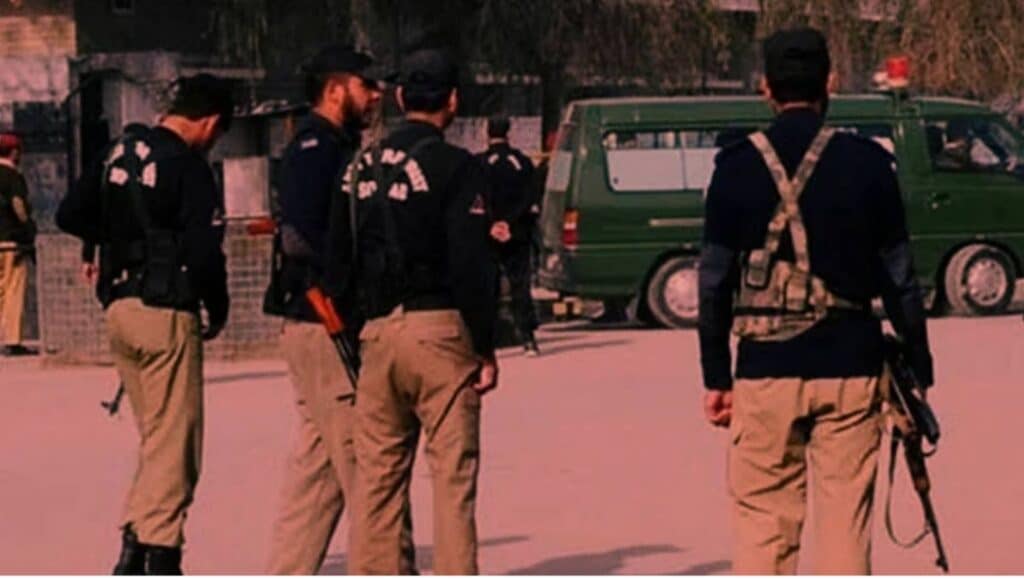After nearly four years of Taliban rule, the so-called Islamic Emirate is less a unified ideological formation than a fragile patchwork of rival power centers. What was once hailed as restoration of order has become an uneasy equilibrium between competing commanders, tribal networks, and economic patrons. At its apex sits Amir-ul‑Momineen Hibatullah Akhundzada, whose ultraconservative clerical faction including Chief Justice Haqqani and Religious Minister Saqib continues to enforce rigid Sharia interpretations and dismiss international entreaties for moderation.
Inside the Presidential Palace in Kabul, control is divided between four quasi-independent fiefdoms: Akhundzada loyalists; the Baradar–Yaqoob bloc; Acting Prime Minister Akhund’s network; and the Haqqani faction. Restrictive internal protocols like body searches underscore deep mistrust. The arrangement more closely resembles competing command posts than a unified administration.
The 2015 succession crisis following Mullah Omar’s death remains a defining precedent. The hasty elevation of Akhtar Mansour alienated key figures like Hassan Rahmani and Mohammad Rasool, revealing unresolved fissures within the Taliban structure ideological, tribal, and strategic. These divisions persist today, albeit in more evolved forms.
Key internal fault lines continue to define the regime: first, ideological divisions between hardliners opposed to any relaxation on women’s rights or girls’ education and pragmatists in the Baradar‑Yaqoob axis seeking cautious engagement with external actors; second, tribal loyalties that often supersede organizational unity, with resentment growing among regional commanders excluded from decision-making; and third, economic imperatives driven by the narcotics trade.
On the drug economy: despite the 2022 ban on opium cultivation, which caused a 95 percent drop in plantings by 2023, production resurged in 2024 by 19 percent, now estimated at about 12,800 hectares, largely in Badakhshan even as levels remain far below pre-ban totals . Local reports show Taliban units destroying fields in the northeast, sometimes sparking resistance from farmers. Yet wealthy landowners selling pre-existing opium stockpiles reportedly remain protected patrons within Taliban ranks .
Parallel to these structural struggles is the issue of government in exile and resistance. The National Resistance Front (NRF) and Afghanistan Freedom Front (AFF) continue limited guerrilla operations in regions like Panjshir and Baghlan attacks that underscore the regime’s continuing fragility and expose deeper political disillusionment over lack of inclusivity and rising authoritarianism .
For Pakistan, this internal fragmentation is far from theoretical it carries urgent security consequences. UN monitoring reports (covering July–December 2024) confirmed Taliban support to the TTP via logistical, operational, and financial means, helping the group launch over 600 attacks into Pakistan. Pakistan-based diplomats have explicitly accused Kabul of complicity at the UN Security Council .
The TTP’s threat is now acute: designated the fastest‑growing terror group in the 2025 Global Terrorism Index, it carried out more than 1,099 attacks in 2024, killing over 550 people—often with safe havens supported by Taliban elements across the border .
Pakistani security forces have responded with operations neutralizing militants in raids near Dera Ismail Khan and Karachi, including a high‑profile TTP operative linked to the 2024 attack on Chinese nationals . Authorities also highlighted the proliferation of U.S weapons from Afghan stockpiles into insurgent hands in Pakistan, which has exacerbated operational challenges for law enforcement .
This escalation has prompted Pakistan to amplify not only military actions but also diplomatic pressure. Public appeals at the UN and renewed border management plans reflect Islamabad’s growing impatience with the Taliban’s internal incoherence . Measures now include urging social media platforms to suspend propaganda accounts of banned groups like TTP and BLA after hundreds of militant-linked profiles were identified .
Notably, the Taliban’s recent move to shut down all Hezb-e-Islami offices inside Afghanistan (April 2025), detaining staff and confiscating assets, reflects increasing internal consolidation and intolerance of political pluralism—another sign of centralization driven by factional dominance rather than inclusion .
The result is an emirate defined by precarious coalition politics among rival warlords, each balancing ideological purity, tribal loyalty, and economic profit. Unless these internal fractures are addressed whether through genuine power-sharing reforms or a consensual mechanism of governance Afghanistan risks a future of fragmented rule. For Pakistan, the stakes remain high: porous borders, cross-border terrorism, narcotics flows, and refugee crises. The internal turbulence of Kabul is not an Afghan puzzle alone it shapes regional instability.
By understanding these fissures not as relics of past conflict but as active currents shaping governance today regional actors can refine their strategies: from targeted diplomacy to calibrated security responses. The choice before Pakistan and its neighbors is clear: engage with a disunited regime with eyes wide open, or suffer the consequences of a domino effect that begins within Kabul’s fractured palace walls.

